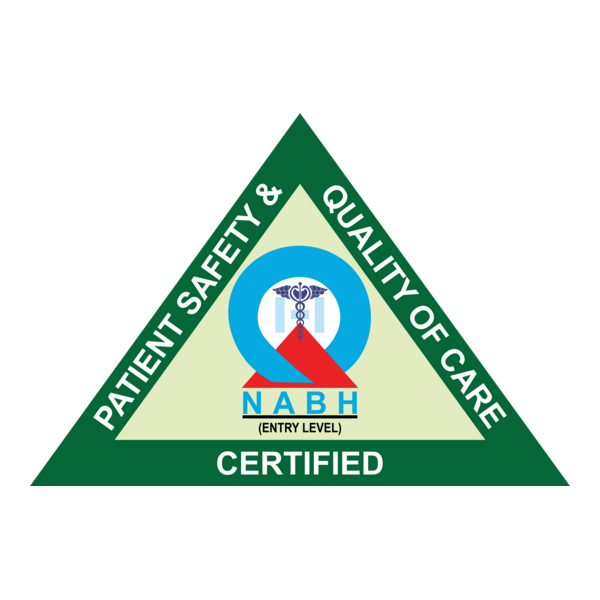Endoscopic DCR
Definition
Endoscopic Dacryocystorhinostomy (DCR) is a minimally invasive surgical procedure to treat blocked tear ducts. Using an endoscope, a new drainage pathway is created between the tear sac and nasal cavity, restoring normal tear flow.
Purpose of Endoscopic DCR
To relieve chronic tearing (epiphora) caused by blocked tear ducts
To prevent recurrent eye infections or inflammation
To restore proper tear drainage and eye comfort
To improve overall ocular health and quality of life
Types and Methods of Endoscopic DCR
Endoscopic (Internal) DCR
Performed through the nasal cavity using a small endoscope
No external incision, minimal scarring
Often combined with placement of a silicone stent for long-term patency
External DCR (Traditional)
Incision made on the side of the nose
Still used in complex cases or failed endoscopic attempts
Surgical Techniques
Local or general anesthesia depending on patient needs
Precise removal of bone and tissue to create a new drainage pathway
Post-operative care includes nasal irrigation and follow-up
Benefits of Endoscopic DCR
Minimally invasive with no visible external scar
Relieves chronic tearing and discomfort
Reduces risk of recurrent infections
Restores proper tear drainage and eye comfort
Quick recovery and improved quality of life


